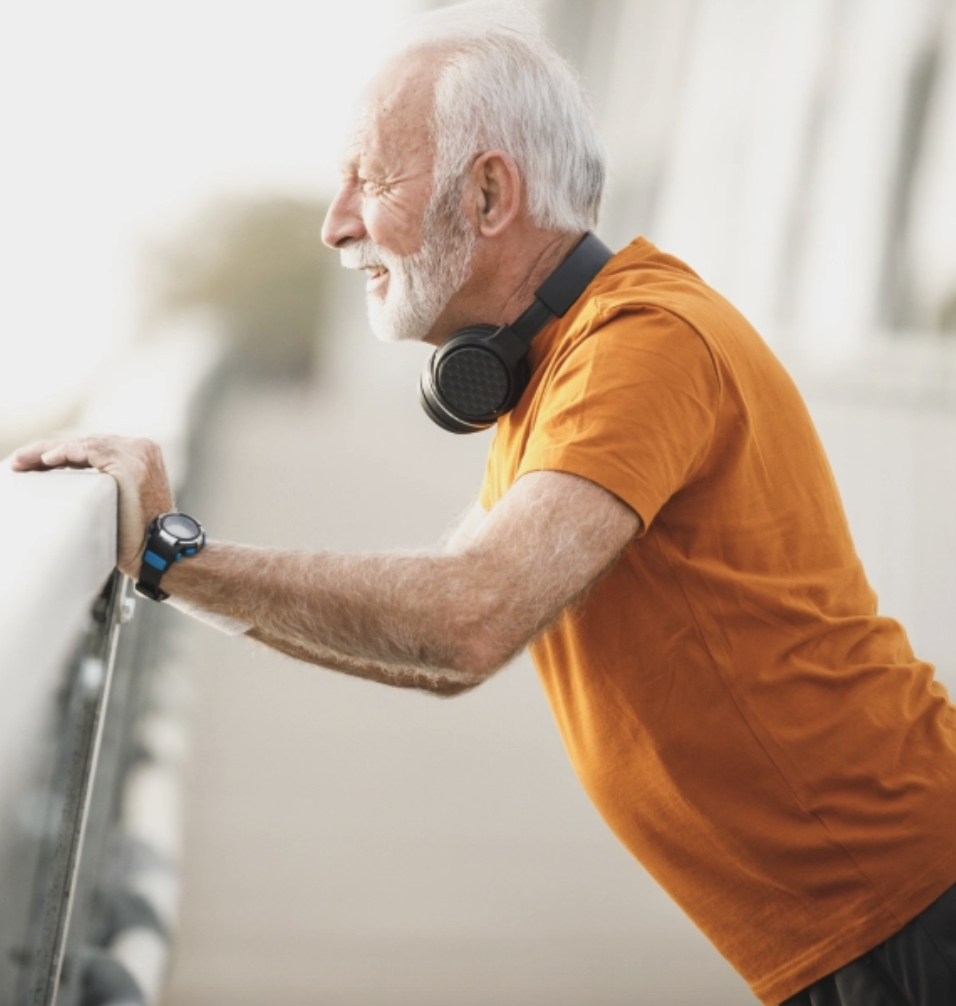Roughly 50 percent of women and 20 percent of men over the age of 50 will fracture a bone because of the osteoporosis. One way to combat the problem is with weight-bearing exercises, which increase bone density. These can be as simple as lifting groceries or picking up a grandchild.

Dumbbell Exercises
Using dumbbells is an excellent way to improve upper-body bones because these lighter, easy-to-use weights let you exercise while you control your balance. You can use dumbbells standing, sitting on a couch or chair, or lying on the floor.
Raising these weights out to your side, above your head, behind your back and in front of your chest allow you to work a wide variety of muscles, which improves bone density by gently pulling the muscle away from the bone.
Experiment with different hand positions, such as your palms facing away from you, toward the floor and toward you, to vary the exercises using otherwise similar moves.
Start with lighter weights, like 2- or 3-lb. dumbbells, and complete five repetitions before you change exercises. As you build muscles, do 10 repetitions. As that becomes easier, add weight rather than more repetitions. Perform a number of repetitions that makes you start to fatigue during the last few.
Resistance Band Exercises
Resistance bands, or cords, are long rubber band-like exercise devices that become harder to pull as you stretch them. Like dumbbells, they are easy to manipulate and control, decreasing worry about losing your balance.
The benefit of resistance bands is that they won’t hurt you if you drop them and you can increase resistance by “twirling” them around your hands more before you start an exercise, saving you money on additional dumbbell sets.
You can do many of the same exercises with resistance bands that you can do with dumbbells, but you can add leg exercises. From a standing position, raise your knee up while holding on to a chair with one hand, then press down against the resistance of the band until your foot touches the floor.
To do this from a seated position, bring your knee up and push your leg forward, away from you. For another leg exercise, start from the standing position, then move your leg sideways, away from your body, against the resistance of the band, then slowly bring it back.
Bodyweight Exercises
You can also use your body’s weight to perform helpful exercises, depending on your ability to keep your balance. To do push-ups, start from a kneeling position, experimenting with hand placement to make the exercise easier as you begin your workout program.
Standing with both hands on the back of a chair or while facing a wall, raise yourself slowly on your toes, stretching your calf muscle (on the lower back of your leg). Hold for one or two seconds, then slowly lower yourself. Repeat 5 to 10 times.